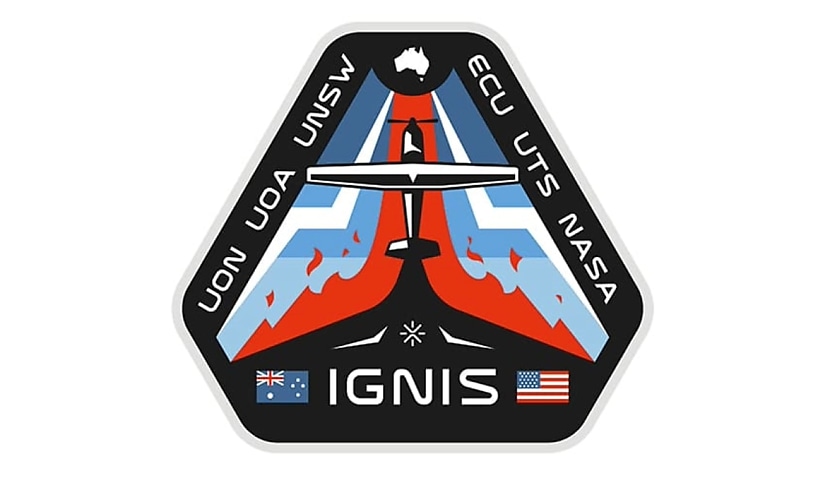
The IGNIS project, a collaboration with Australian universities, will use sensors to provide a “3D view inside a thundercloud” that could one day alert firefighters on the ground to new blazes.
The completed stage involved attaching infrared cameras to an aircraft to monitor terrain in Western Australia’s southeast region, but the project hopes to eventually launch a satellite into LEO to continue the work.
“We are using space technology to study thunderstorms, the lightning strikes that result in fires, which in the Australian landscape can be devastating and deadly,” said Professor Paulo de Souza from Edith Cowan, one of the universities involved in the research.
“This project is called IGNIS, which means fire in Latin, and the research we develop will be relevant to scientists and our most vulnerable communities.”
The project began in mid-December with flights to collect engineering data, which will be used to better design subsequent flights with NASA instruments during the 2025/26 summer season.
“The airborne part of this study has just completed 10 flying days, that’s more than 50 flying hours, covering 10,000 kilometres – which is equivalent to one million hectares or 2.2 million acres,” said de Souza.
“We now have the task of analysing 50,000 images to locate areas where lightning could strike and spark a potentially catastrophic fire.
“Our team will be busy crunching all data, giving our students an opportunity to learn advanced aerospace techniques.”
The IGNIS Project is a multi-agency collaboration between the US Space Agency, NASA, Edith Cowan, UNSW Canberra, UTS and the universities of Adelaide and Newcastle.
The airborne mission is being supported by 10 to 14 lightning ground stations deployed across eastern Australia.
The ground network, meanwhile, will be operated in collaboration with NASA’s Marshall Space Flight Centre and the SWIRLL (Severe Weather Institute Radar and Lightning Laboratories) of the University of Alabama in Huntsville.
Later in the year, this network will be complemented by a lightning sensor installed on an aircraft.
“The lightning observations obtained with the ground system will be the first of its kind for southwestern Australia, providing an unprecedented 3-D view inside a thundercloud to reveal the origin of long-lasting lightning currents believed to ignite bushfires,” NASA Marshall Space Flight Center, Patrick Gatlin said.
The second stage of IGNIS will involve the launch of a 12U satellite to map and track thermal and lightning patterns from LEO, while a third “inspiration” stage could possibly include a deep-space mission to Jupiter.
“This project could take several years to complete but could change the way lightning is studied well into the future and could potentially change the way fires are fought not only in Australia, but around the world,” said de Souza.

Adam Thorn
Adam is a journalist who has worked for more than 40 prestigious media brands in the UK and Australia. Since 2005, his varied career has included stints as a reporter, copy editor, feature writer and editor for publications as diverse as Fleet Street newspaper The Sunday Times, fashion bible Jones, media and marketing website Mumbrella as well as lifestyle magazines such as GQ, Woman’s Weekly, Men’s Health and Loaded. He joined Momentum Media in early 2020 and currently writes for Australian Aviation and World of Aviation.
Receive the latest developments and updates on Australia’s space industry direct to your inbox. Subscribe today to Space Connect here.









